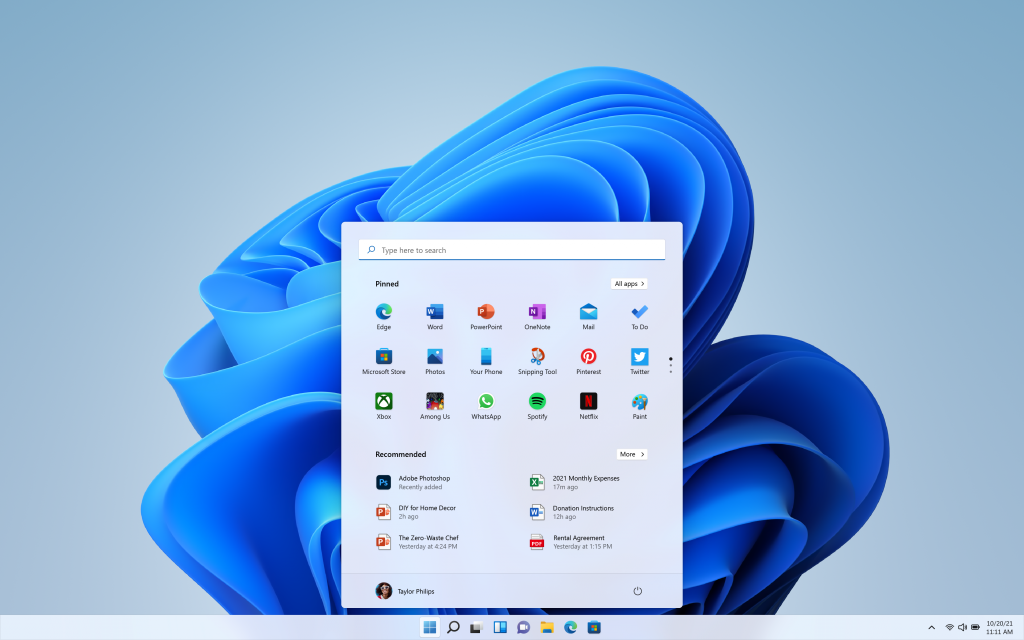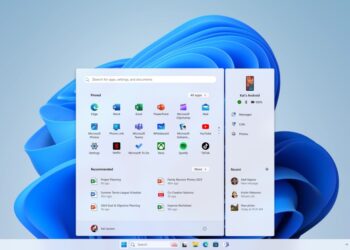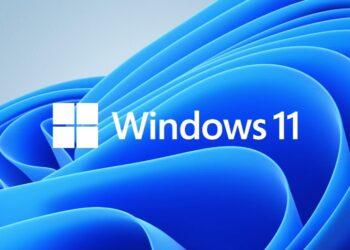Microsoft has announced the next version of Windows, the new Windows 11. Windows 11 brings in a lot of UI changes to the table compared to Windows 10. With newly redesigned taskbar and centrally aligned start menu, the user experience is changed. The new Windows 11 will also bring in performance improvements. Windows 11 will be available as a free upgrade to eligible Windows 10 PCs. Now, if you want to know the system requirements, here are the detailed Windows 11 System Requirements.
Windows 11 System Requirements:
| Processor: | 1 gigahertz (GHz) or faster with 2 or more cores on a compatible 64-bit processor or System on a Chip (SoC) |
| RAM: | 4 gigabyte (GB) |
| Storage: | 64 GB or larger storage device
Note: See below under “More information on storage space to keep Windows 11 up-to-date” for more details. |
| System firmware: | UEFI, Secure Boot capable |
| TPM: | Trusted Platform Module (TPM) version 2.0 |
| Graphics card: | Compatible with DirectX 12 or later with WDDM 2.0 driver |
| Display: | High definition (720p) display that is greater than 9” diagonally, 8 bits per colour channel |
| Internet connection and Microsoft accounts: | Windows 11 Home edition requires internet connectivity and a Microsoft account to complete device setup on first use.
Switching a device out of Windows 11 Home in S mode also requires internet connectivity. For all Windows 11 editions, internet access is required to perform updates and to download and take advantage of some features. A Microsoft account is required for some features. |
This is the basic requirement for all eligible PCs to get Windows 11 from Windows 10. In case you are looking to upgrade from Windows 10 to Windows 11, here is a quick guide.







